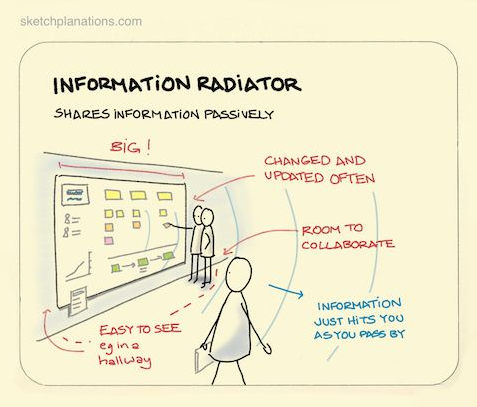In the scrum framework, any obstacle preventing a developer or team from completing work. One of the focusing questions each member of a scrum team answers during the daily stand-up meeting is: What impediments stand in your way?
Impediments may include such things as:
- A meeting to attend
- A lack of technical expertise
- A technical issue (e.g. a network is down)
Scrum co-founder Ken Schwaber declared removing impediments to be “The scrum master’s top priority” in his 2002 book, Agile Software Development with Scrum.
Background Of The Term
The 2020 Scrum Guide mentions impediments in the section on Scrum Master and the section on Daily Scrum.
The Merriam-Webster Dictionary includes the following in its entry for the word impediment:
“Impediment comes from a Latin verb that meant ‘to interfere with’ or ‘to get in the way of progress’, as if by tripping up the feet of someone walking. In English, impediment still suggests an obstruction or obstacle along a path; for example, a lack of adequate roads and bridges would be called an impediment to economic development. Impediments usually get in the way of something we want. So we may speak of an impediment to communication, marriage, or progress–but something that slows the progress of aging, disease, or decay is rarely called an impediment.”
Further Learning
The Scrum Master as an Impediment Remover – Scrum.org – Barry Overeem


